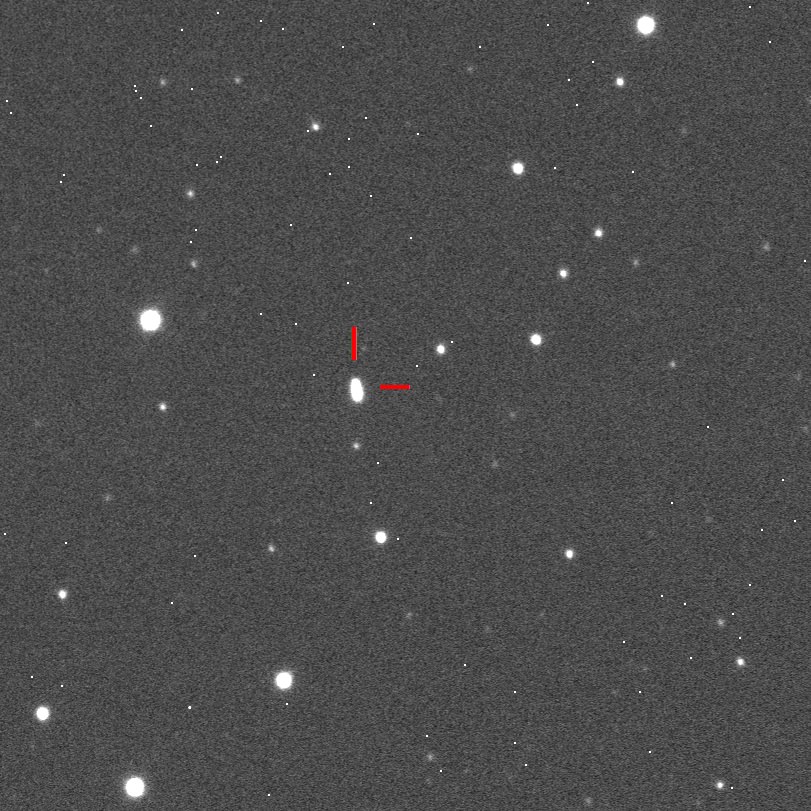An asteroid that recently passed by Earth is about twice as large as originally estimated, and it would have had serious global consequences if it had impacted Earth. Asteroid 2012 LZ1 was only discovered on June 10, 2012 by Rob McNaught at the Siding Spring Observatory in Australia. This Near Earth Object was thought to be fairly large, 502 meters (1,650 feet) wide, and quite bright. But astronomers using the planetary radar system at Arecibo Observatory were able to better determine the asteroid’s size, rotation rate and shape and found it to be about 1 kilometer (0.6 miles) wide and actually quite dark.
Scientists consider a kilometer-wide asteroid is at the size threshold that could set off an extinction-level event if it were to hit Earth.
“This object turned out to be quite a bit bigger than we expected, said Dr. Ellen Howell from Arecibo, “which shows how important radar observations can be, because we’re still learning a lot about the population of asteroids.”
2012 LZ1 sneaked by our planet at about 5.3 million km (3.35 million) miles away, or about 14 times the distance between Earth and the Moon on June 14, and it won’t be back in Earth’s vicinity again until June 12th, 2053, and then will be about 3 times as distant.
The Arecibo astronomers have determined it won’t be a threat to Earth for at least 750 years.
“The sensitivity of our radar has permitted us to measure this asteroid’s properties and determine that it will not impact the Earth at least in the next 750 years,” said Dr. Mike Nolan, Director of Planetary Radar Sciences at the Arecibo Observatory.
Several amateur astronomers were able to image 2012 LZ1, and the original thinking was that it was very bright. Instead, the new size determination suggests that 2012 LZ1 must be quite dark, reflecting only 2-4% of the light that hits it.
This is another reminder that we don’t know everything about all the potential asteroid threats that are out there, and more searches need to be done to find and track as many of the near Earth asteroid population as possible. Asteroid 2012 LZ1 has been classified as a Potentially Hazardous Asteroid, which are asteroids larger than approximately 100 meters that can come closer to our planet than 0.05 AU (7.4 million km, 4.65 million miles). As of now, none of the known PHAs is on a collision course with our planet, but both amateur and professional astronomers are finding new ones all the time, sometimes with just a few hours’ notice of a close approach.
Lead image caption: Asteroid 2012 LZ1 as seen by the Haleakala-Faulkes Telescope North on June 13, 2012. Credit: Nick Howes, Ernesto Guido & Giovanni Sostero.
Source: Arecibo Observatory via SpaceRef.

